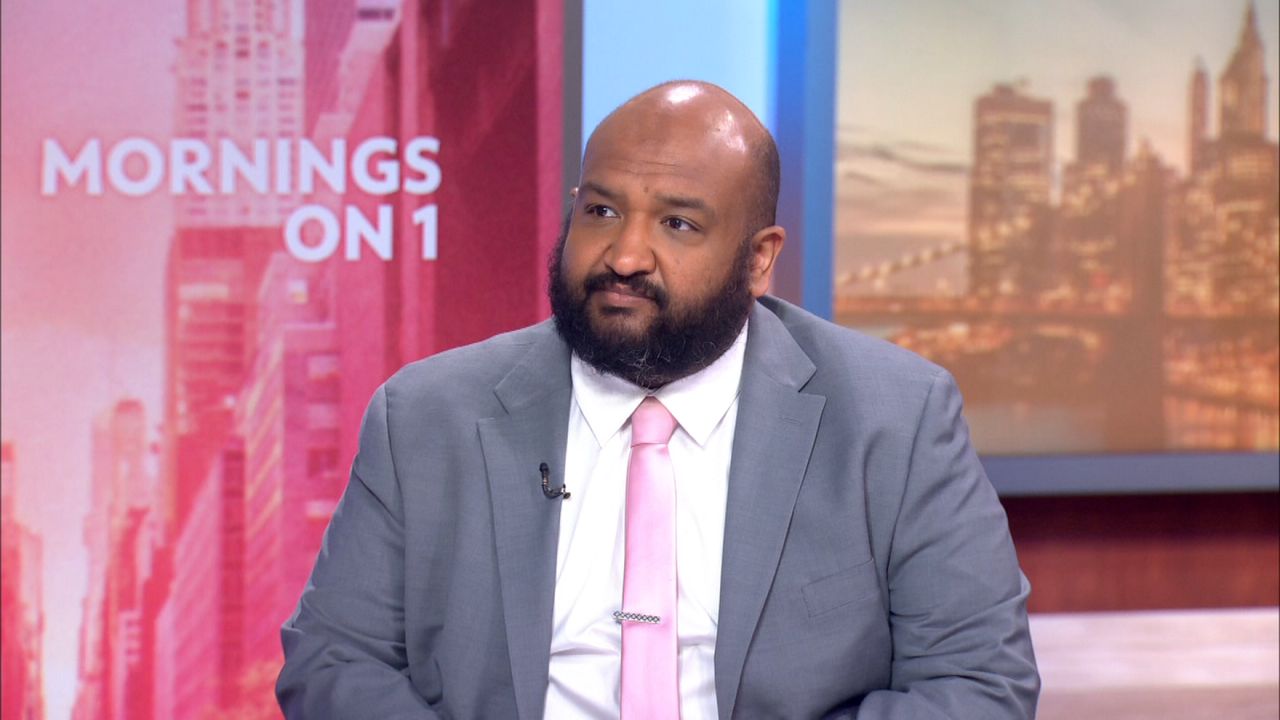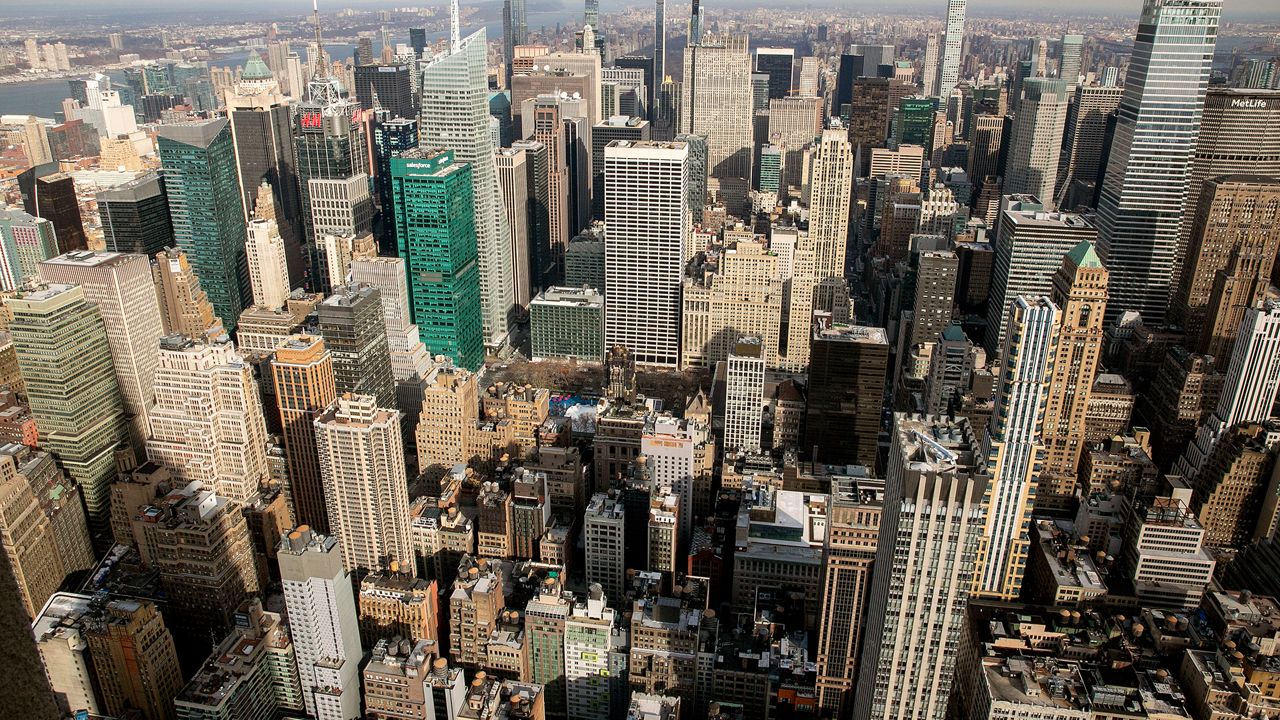A tax incentive for residential development that state lawmakers are letting expire this week has been dubbed a huge developer giveaway by progressives and affordable housing advocates, costing taxpayers $1.7 billion per year.
But a study conducted by NYU’s Furman Center shows it helped put affordable housing in more affluent neighborhoods, often where there were more resources for families.
One-fifth of affordable housing for low-income households built between 2010 to 2020 has utilized the program called 421a.
What You Need To Know
- Government tax break 421a is set to expire this week
- A study conducted by NYU’s Furman Center shows the tax break helped put affordable housing in more affluent neighborhoods, often where there are more resources for families
- But some view the tax break for developers as a giveaway costing taxpayers $1.7 billion per year
“If it was not for NYCHA, I wouldn’t be able to provide a place to stay for my children,” Woodside resident Jennifer Lambert said.
Lambert said she would like to move out of public housing, but she only makes $15 an hour as a janitorial worker, and says she can’t afford any other housing in her neighborhood.
“I see it in the Bronx a lot. They’re building, building, building, affordable housing. In Brooklyn, they’re building, building. We lack that in Queens,” Lambert said.
In the last decade, an annual study conducted by the Furman Center found developers have built more than 185,000 new units in multifamily properties, and nearly one-third of them are income-restricted units targeted to low-income households.
Where developers have utilized the tax credit called 421a, renters like Lambert could benefit, because the study found the housing is more likely to be located in more affluent communities, often with better schools, libraries and opportunities.
“There’s still much more that needs to be done to ensure that we’re building affordable housing across the city and not particular communities or neighborhoods,” said Baaba Halm, the vice president of Enterprise Community Partners' New York market.
Enterprise Community Partners works to create affordable housing. Halm said segregated outcomes don’t help break the cycle of poverty.
“Every community, every neighborhood needs affordable housing,” Halm said.
The study shows that when 421a tax breaks were used, the affordable housing was built in neighborhoods where the median income is about $82,000 per year. But when other subsidies were used instead, the affordable housing was built in neighborhoods where the median income is roughly $51,000 per year.
“421a is meant to overcome that barrier,” Matthew Murphy, the executive director of NYU’s Furman Center, said.
Murphy said with 421a, a struggling family is more likely to end up in affordable housing in an area with less poverty.
“My biggest hope is that we chip away at our segregated living patterns,” Murphy said.
With 421a set to sunset on June 15, affordable housing construction projects that start afterwards may not be incentivized to build in more economically diverse areas.
Lambert said she has faith that one day she’ll find a better place for her family to live, and she’d want to stay in where she is, in a neighborhood more likely to get affordable housing built in it with the 421a tax subsidy than without.
“You just have to believe in God," Lambert said. “My biggest hope is to continue to work on my credit and buy a home, and move my children to a better environment. Which, the only option is out of state."









_PKG_Hudson_Yards_Zoning_Hearing_CG)